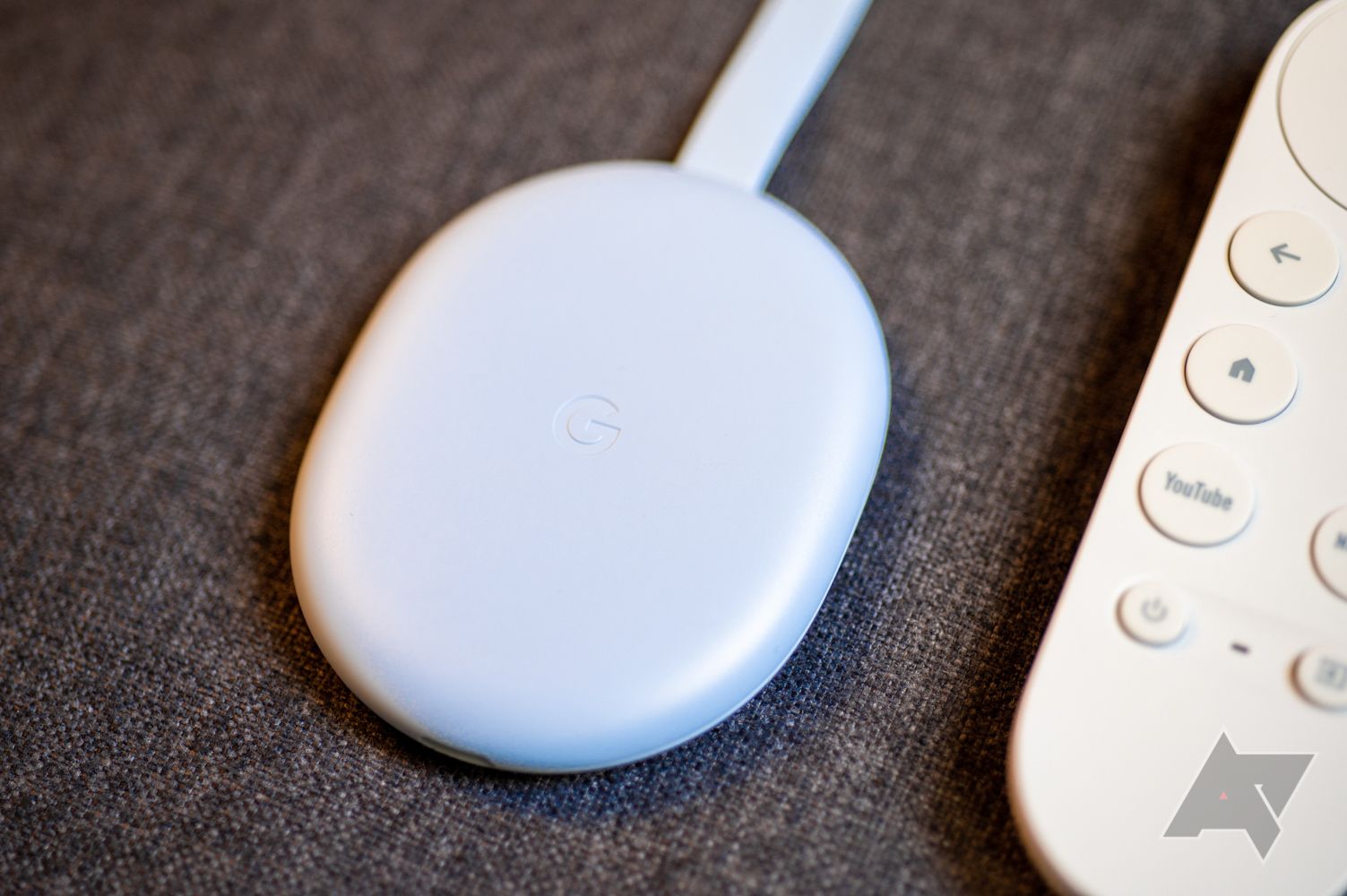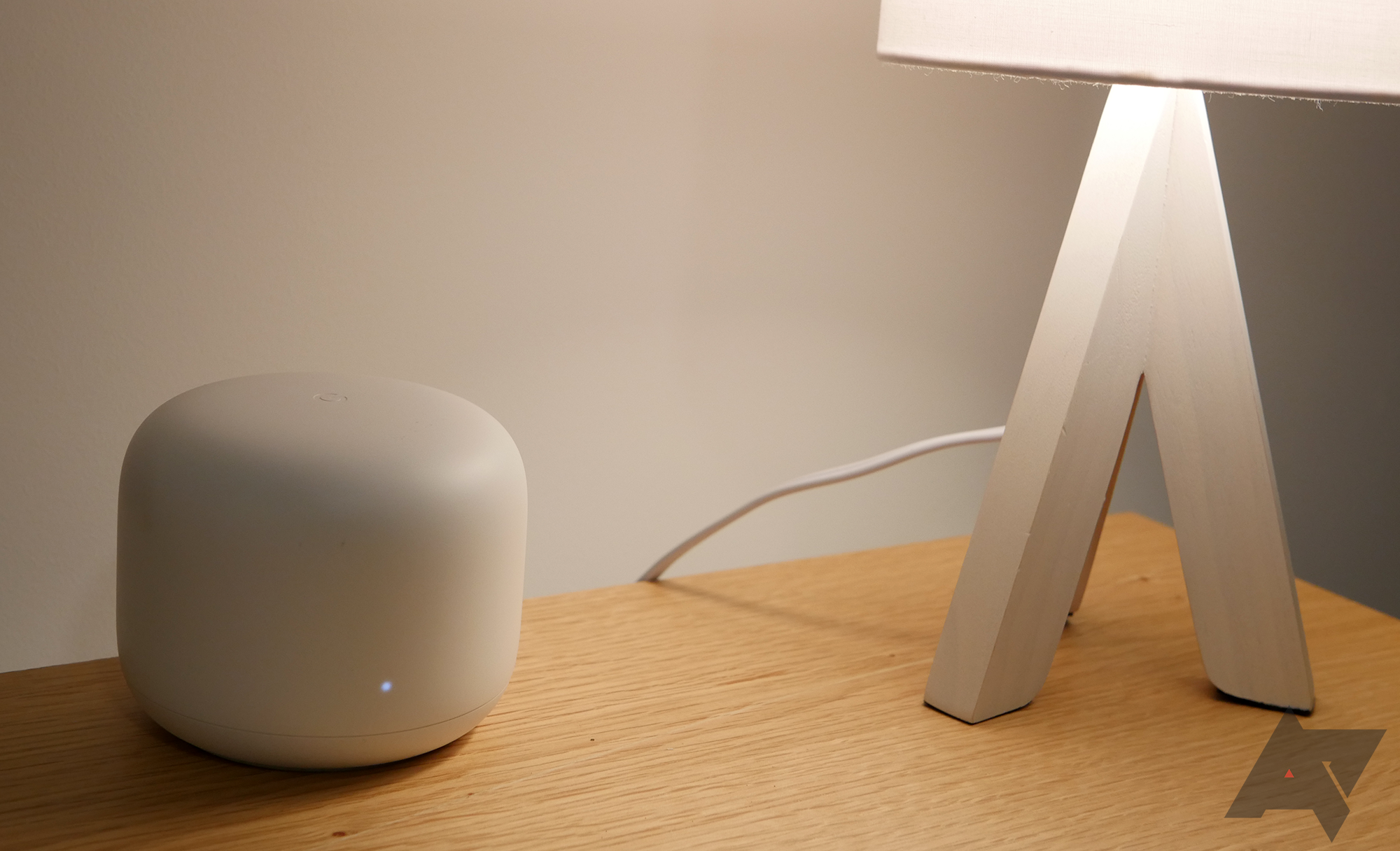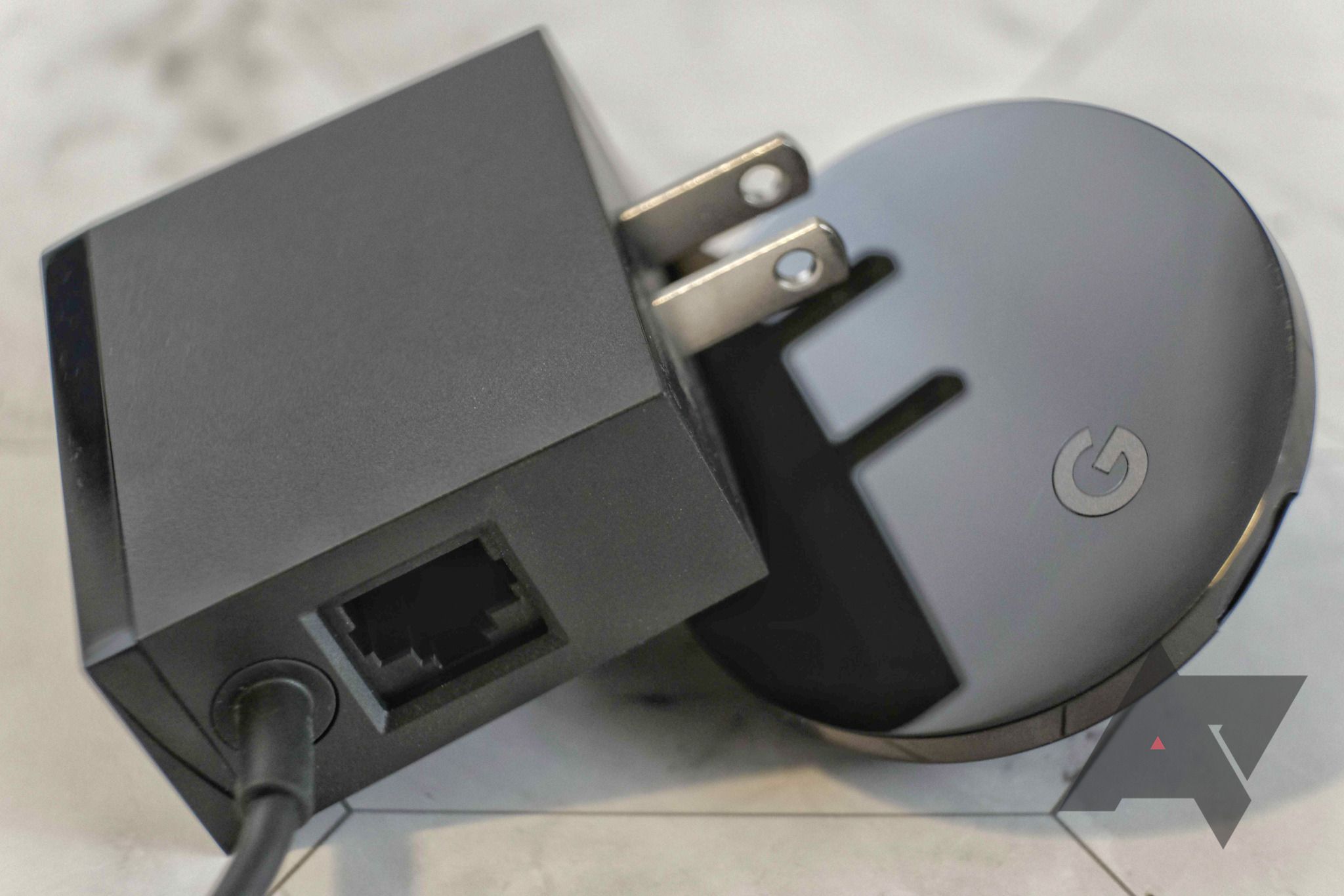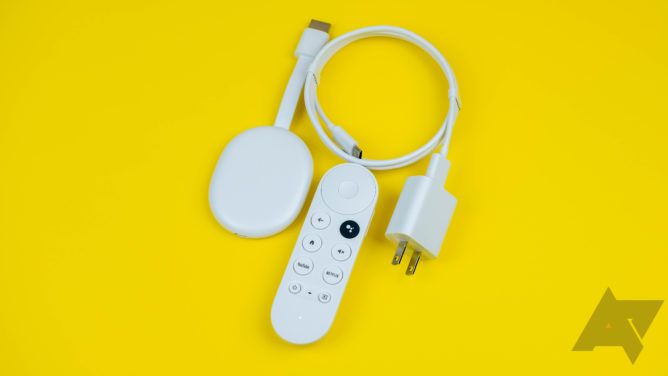Google Chromecast lets you stream video from Android devices and your laptop to your television. Google also makes various Chromecast dongles that are affordable and among the best streaming devices you can buy. Just tap a button and select where you want to watch your content. It doesn't get any easier than this. Still, multiple variables are at play when using a Chromecast, and not everything always works as it should. Here are the common issues you might face when using your Chromecast with your home network.
Troubleshooting common Chromecast issues
Many older Google Chromecast dongles suffered from weak Wi-Fi signals. However, the newer ones offer a more stable experience without question. This doesn't mean your Chromecast will work perfectly with your setup since other things could affect your signal strength. If you have wireless issues on your Chromecast, it'll instantly ruin your content streaming experience. In the sections below, we highlight helpful methods or strategies to help you clear up any Chromecast issues you might have.
Adjust the placement
The first thing to look at is the placement of your Chromecast and how far from your access point or wireless router it is. The position of the HDMI ports on your TV relative to the location of your Wi-Fi access point can sometimes cause issues. The signal might have to pass directly through the TV from the opposite side, further adding to the signal degradation. Consider getting a good HDMI extender and moving the Chromecast away from the TV into a better position if this is the case.
Change the Wi-Fi frequency
Another thing to consider is the Wi-Fi frequency you use when setting up your Chromecast. By default, most wireless routers have dual-band Wi-Fi support, giving you access to 2.4GHz and 5GHz frequencies. 2.4GHz offers solid speeds at longer distances. However, it's more open to noise from other wireless devices. 5GHz is a shorter range frequency, but it can push higher speeds with less interference, making it ideal for streaming. Both have pros and cons, but the one you chose during your setup might be part of the issue.
If your wireless router and Chromecast are on opposite sides of your home, and you use the 5GHz band, this could be the problem. Since it's a shorter range frequency when compared to 2.4GHz, you'll need a different approach. In this case, switch your Chromecast device to the 2.4Ghz frequency to increase its wireless signal strength. You can change that on Chromecast with Google TV by going to Settings > Network & Internet.
This option is only available in the Google Home app for older Chromecast models.
Use a wired Ethernet connection if possible
Instead of moving your whole entertainment setup to accommodate your Chromecast signal issues, consider dropping the wireless aspect altogether. A dependable wired connection is always better than a questionable wireless one. At the same time, a Wi-Fi mesh network where the access points have Ethernet ports would give you maximum flexibility. We'll talk a bit more about that later.
You experience constant shutdowns
Most Chromecast devices are powered by a USB cable rather than a proprietary power cable, which is convenient. Since TVs have at least one open USB port, using that instead of the wall plug might make sense. Theoretically, this sounds like a solid plan. It powers on when the TV does for ease of use. However, those USB ports can't output enough power to keep more powerful devices running during peak loads. In this case, locate the power brick that came with your Chromecast and plug it into the wall.
Plugging old Chromecast models into a USB port on your TV might have worked back then, but that's no longer the case. Your TV could power the older models because your phone does most of the heavy lifting. However, the latest Chromecast with Google TV is a standalone device that uses more power than previous models. If you want it to work correctly, plug the charging brick into the wall, and there are some useful USB-C hubs for that.
Nothing shows up when casting from another device
This issue can be puzzling, but it falls into the same category as the tip about dual-band Wi-Fi frequencies. You typically choose the Wi-Fi network during setup, but there's a catch. Your Chromecast and the device you're trying to cast from must always be on the same Wi-Fi network. The Chromecast doesn't appear on the list if both devices are on different networks or wireless frequencies. If you have this issue, ensure your Chromecast is on the same network as your primary devices.
Check for a system update
With so many TV models available today, some are bound to have occasional Chromecast issues. It's challenging to make a single device that works perfectly with every TV model on the market. Whether the screen randomly blinks, goes completely blank, or has other visual glitches, your Chromecast might have an update ready to fix these issues.
Chromecast system updates are typically installed automatically when you're not using it. Still, you can always manually check as needed at any time. Go to Settings > System > About > System update on Chromecast with Google TV. It checks for available updates and installs them immediately. If you have an older Chromecast model, open the Google Home app and reboot it using the separate options screen for that Chromecast. Doing this allows it to check for updates when it reconnects to your network.
Update the firmware on your TV
At the same time, your Chromecast could be up-to-date and not the reason you have issues. Your TV also has firmware updates from the device manufacturer, which fixes bugs and optimizes your experience. The firmware is responsible for how a device interacts with the TV and the HDMI ports. Since the Chromecast relies on HDMI, that part needs to be as flawless as possible. Check your manufacturer's website on how to update your TV, but there should be a section in the system settings to do it.
We've seen it before, but some TV models get firmware updates that directly address Chromecast-related bugs or visual issues. This is especially true when a new Chromecast model launches. The TV manufacturers might need to update their TVs to support certain features. But not everyone keeps their TVs connected online, which doesn't help even if the manufacturer pushes out an update. If you can't figure out what's going on with your Chromecast, updating the firmware on your TV might be the fix you've been looking for.
Factory reset your Google Chromecast
Sometimes, strange glitches or bugs pop up after various system updates, which can be challenging to troubleshoot. If all else fails, a factory reset almost always seems to fix the problems with any device. It's a method you can rely on as a last resort to iron out the issues, and it's no different regarding your Chromecast. Go to System > About > Factory reset on the Chromecast with Google TV. You'll use the Google Home app for older Chromecast models.
Alternatively, hold the reset button on your Chromecast for a few seconds until it starts blinking to initiate a factory reset. As a reminder, connect the Chromecast to the same Wi-Fi network as your primary devices, which allows you to cast from them. Hopefully, the issues will be resolved when you're back up and running. If not, wait for a Chromecast system update or a firmware update from your TV manufacturer.
Consider upgrading to a Wi-Fi mesh network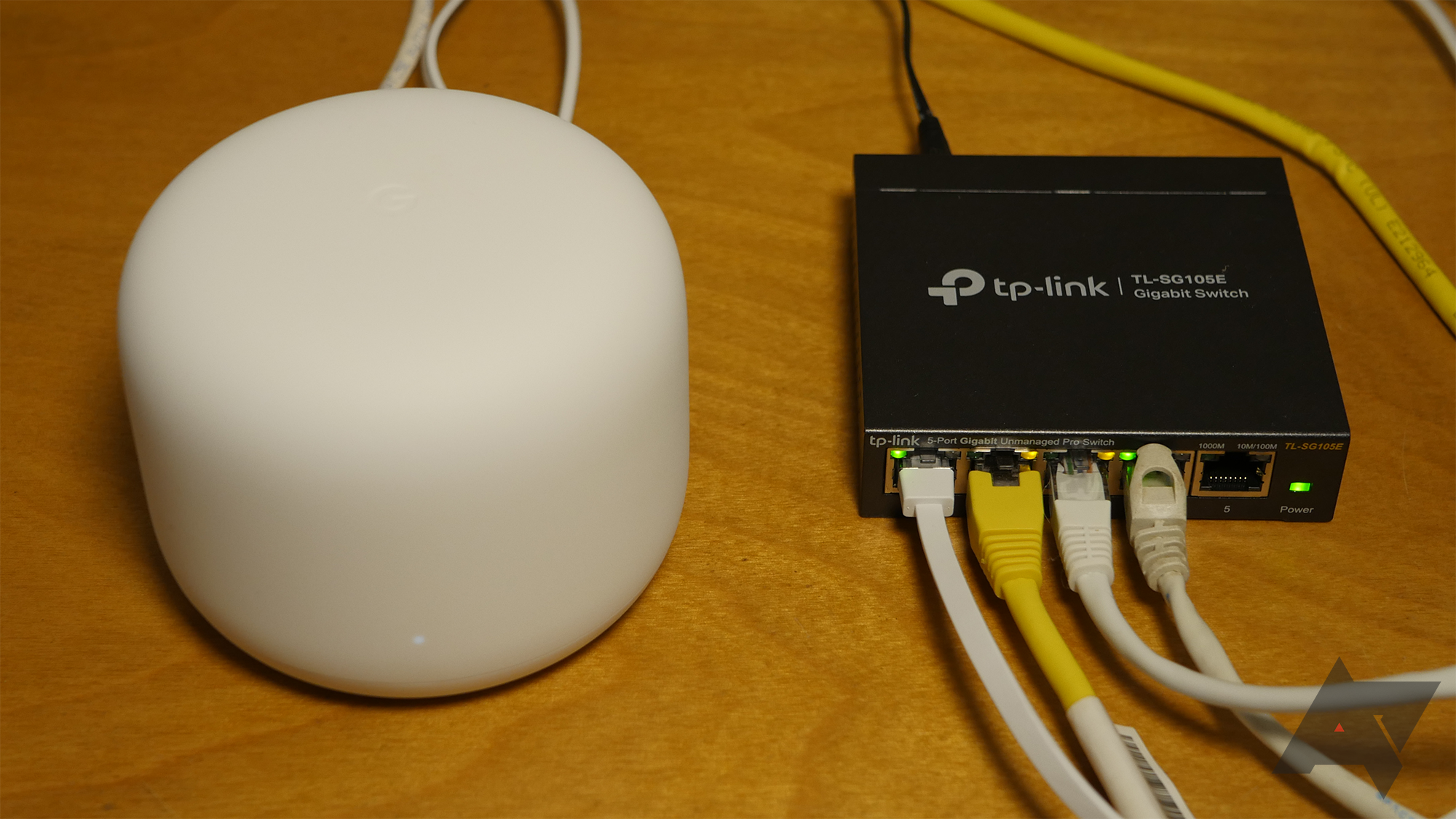
Upgrading your Wi-Fi network would benefit all of your wireless devices. Gone are the days when you had a single wireless router stuffed in the corner, powering all the Wi-Fi devices across your home. This created a problem for devices that had to pass through multiple walls or were too far away. The greater the distance from the access point, the worse the signal quality. However, plenty of incredible Wi-Fi mesh network devices solve many of the pain points of wireless networking.
With a Wi-Fi mesh network, the primary wireless router transmits that Wi-Fi signal to the other access points you placed across your home. Rather than one device doing all the heavy lifting, they work together to create a blanket of Wi-Fi to cover your entire home. That means dead zones, poor signals, and constant disconnects, in general, should be a thing of the past.
Many Wi-Fi mesh access points typically have at least one Ethernet port. This means you can use it to quickly hardwire any device you want, such as a Chromecast. You could even attach a Wi-Fi mesh access point to a multi-port network switch and plug in other devices. Using this method, your single access point can give an internet connection to as many devices as needed.
If you want to add a Wi-Fi mesh network to your home, ensure it supports Wi-Fi 6 at the very least. Wi-Fi 6 and beyond is a step forward for the wireless standard, especially regarding smart home devices. Some examples include Chromecasts, smart light bulbs, and smart speakers.
Cast your favorite shows with less trouble
There are likely other issues, but these are the most common. Chromecasts are easier to manage today than ever, especially after the big push for Google TV over Android TV. With the new Matter smart home standard now available to the public, things are about to get more interesting for future smart home devices. Chromecasts included.

